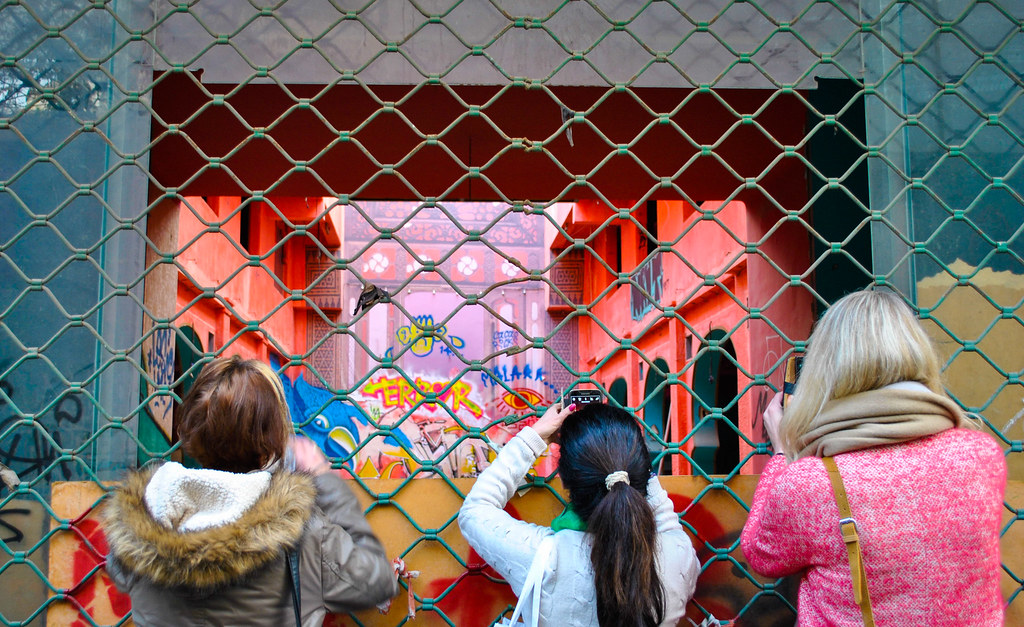Imagine going through school knowing you were capable of so much more than what the special education label had designated you to. Imagine having all the thoughts in the world but being embarrassed into silence because nobody had found a way to communicate with you in a way in which you felt comfortable expressing yourself. Now, imagine being able to find a way to change your academic trajectory because you were able to connect with someone that knew your home language of Spanish and shared your Mexican culture. Allowing home language and culture to be a conduit of learning by allowing them to form bridges to learning gaps can prevent them from being yet one more barrier for diverse students in the educational system. It can also change a student’s life.
I have had eight years of experience working in Special Education in Southern California as a paraprofessional and I have first hand knowledge of the impact home language and cultural intervention can have a student’s academic trajectory. In 2015, I was assigned to work with a student who was in the high school’s program that geared students towards receiving a certificate that represented the learning of skills that would prepare them to live as independently possible with their given special needs challenges. This track was not academic and they would not receive a high school diploma nor would their certificate be recognized by any higher education system. The student I worked with was born with Cerebral Palsy (“a group of disorders that affect movement, muscle, tone and/or posture”) and while the Special Education department was the proper placement for him due to the physical limitations, he had been academically misplaced.
When I began working with him, he would not talk; many assumed that had to do with his cognitive abilities. This was a mistake, as I noticed he was aware of all conversations being had around him, especially the humorous ones. I learned that he also suffered from aphasia, a speech and language disorder that affected the way he spoke, putting incredible strain on how his voice would carry when trying to speak. He was self-conscious. I realized that his home language was Spanish and that we shared a Mexican cultural background. I decided to speak to him in Spanish and bring up culturally relevant topics into our conversations. When he heard and was interested in those interactions, he went from being nonverbal to someone that was learning to carry conversations with others. This eventually led to being introduced to more academically challenging coursework that ultimately determined that he was in fact in the wrong placement and could move to a diploma based academic track. With a lot of effort and motivation on his part, he managed to catch up on the credits he needed to make up in order to graduate with a high school diploma in May of 2018. He is currently enrolled at his local community college in the process of pursuing a higher education degree.
While there were many factors involved to make this opportunity possible for this student, the road could not have been paved without language and cultural intervention. This was the first but most vital step in the process. Recognizing the value of shared cultural and home language in communicating and teaching academic material made all the difference.“Students in the United States and its territories come from a large and increasing number of racially, ethnically, culturally, and linguistically diverse families: diverse students made up 48 percent of the population in 2011” (Krasnoff & Melo 2016). However, in Special Education, the lack of resources and acknowledgement of a similar home language and culture can be life altering. There needs to be a push towards inclusive practices that incorporate culture and home language incorporation into the classroom and learning environment. The National Culturally and Linguistically Appropriate Services (CLAS) Standards is a current set of practices that are applied in the health service field that promote “enhanced standards comprise a comprehensive series of guidelines that inform, guide, and facilitate practices related to culturally and linguistically appropriate health services” (healthysafechildren.org). Applying CLAS into the school setting can be a powerful start to make a difference in students whose home language and culture are not represented in their education.
More research needs to be conducted on how special education interventions conducted in a students home language can have an impact on its effectiveness as it can make an incredible life changing difference as it happened to the student I had the privilege of working with. His story is just one example of the incredible things having cultural and linguistic appropriate instruction and intervention can bring to learners everywhere. It is time to acknowledge their importance and implementing CLAS standards into the educational system will provide for culturally and linguistically inclusive practices that can make all the difference in a student’s life.
About the Author: Cecilia Mendez is a senior Ada Comstock Scholar at Smith College double majoring in Psychology and Education & Child Study. She plans to become a Behavioral Specialist in Special Education for public schools in Southern California.
